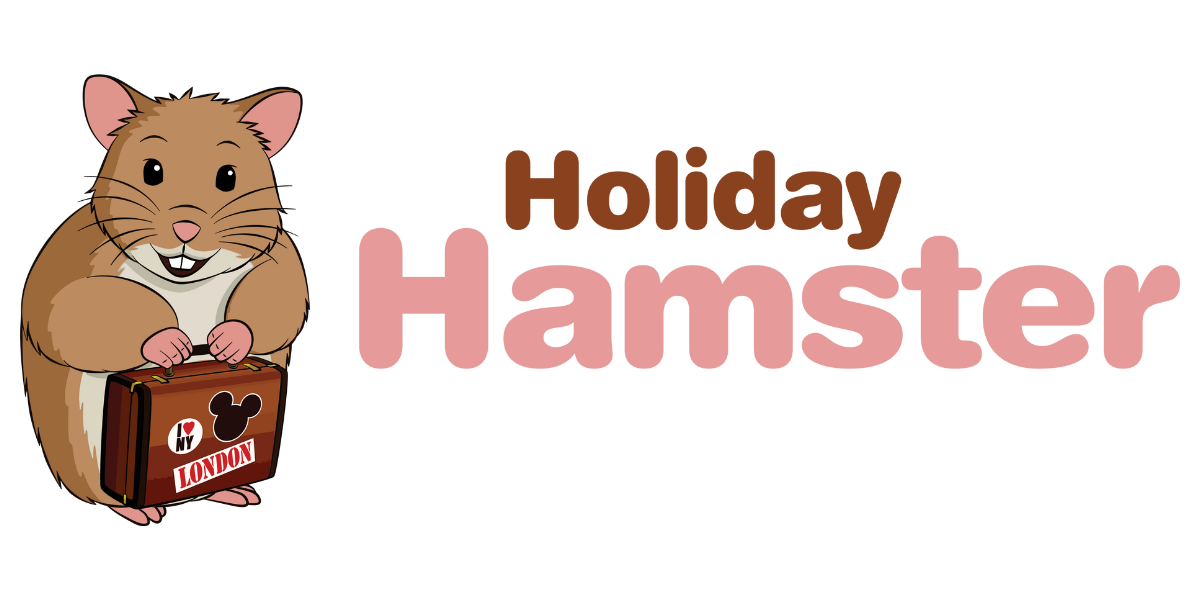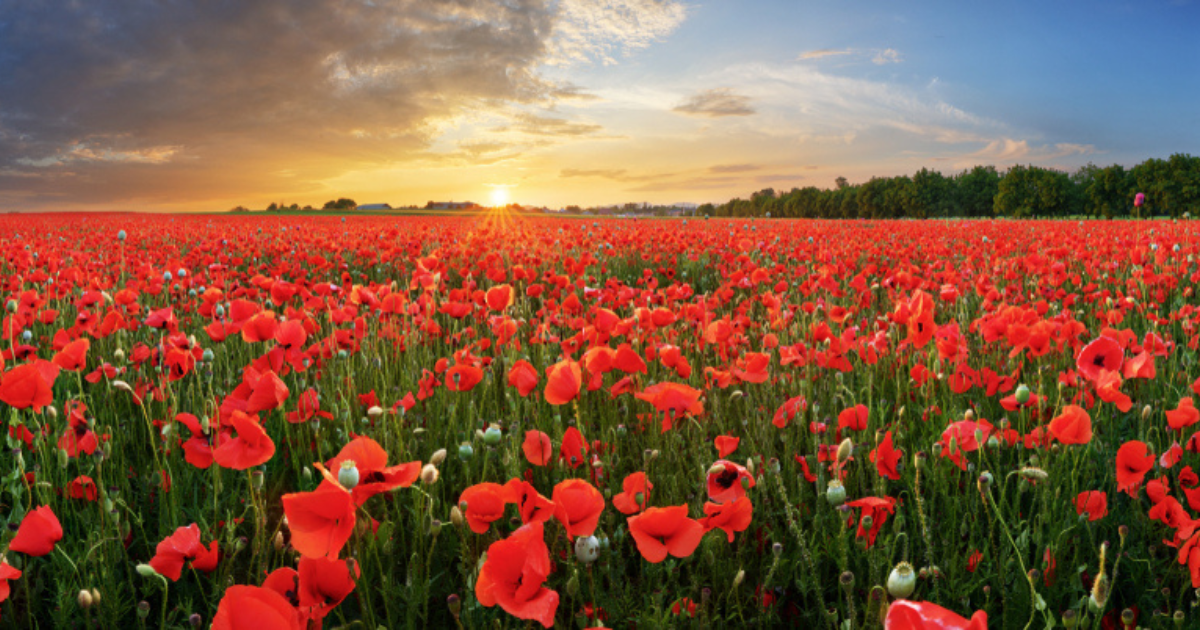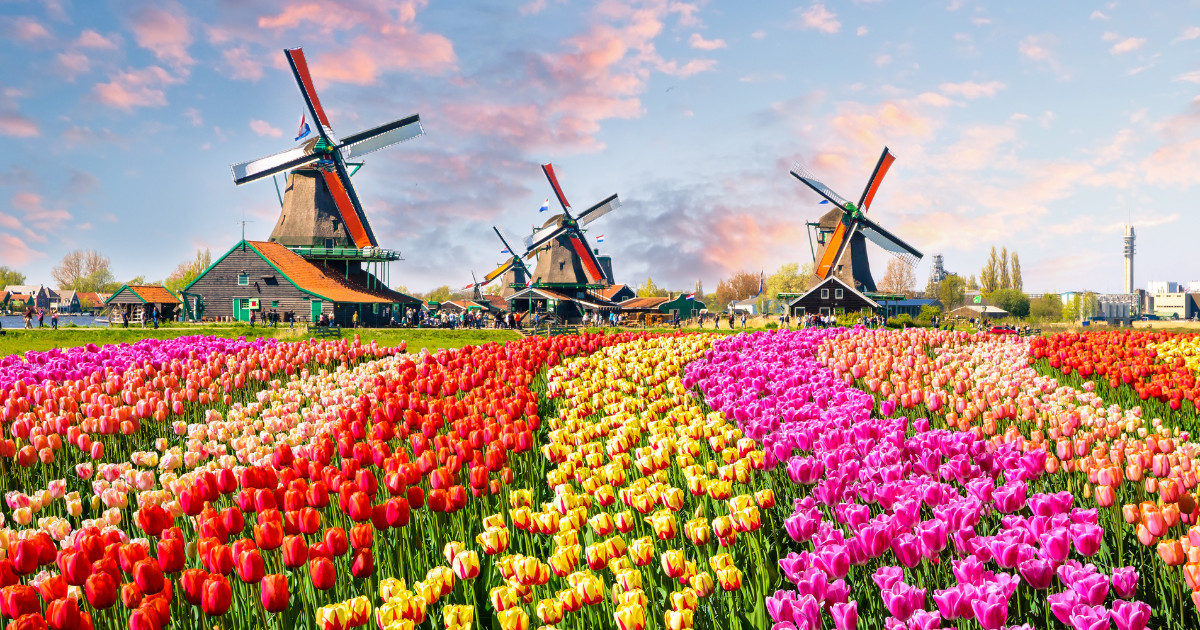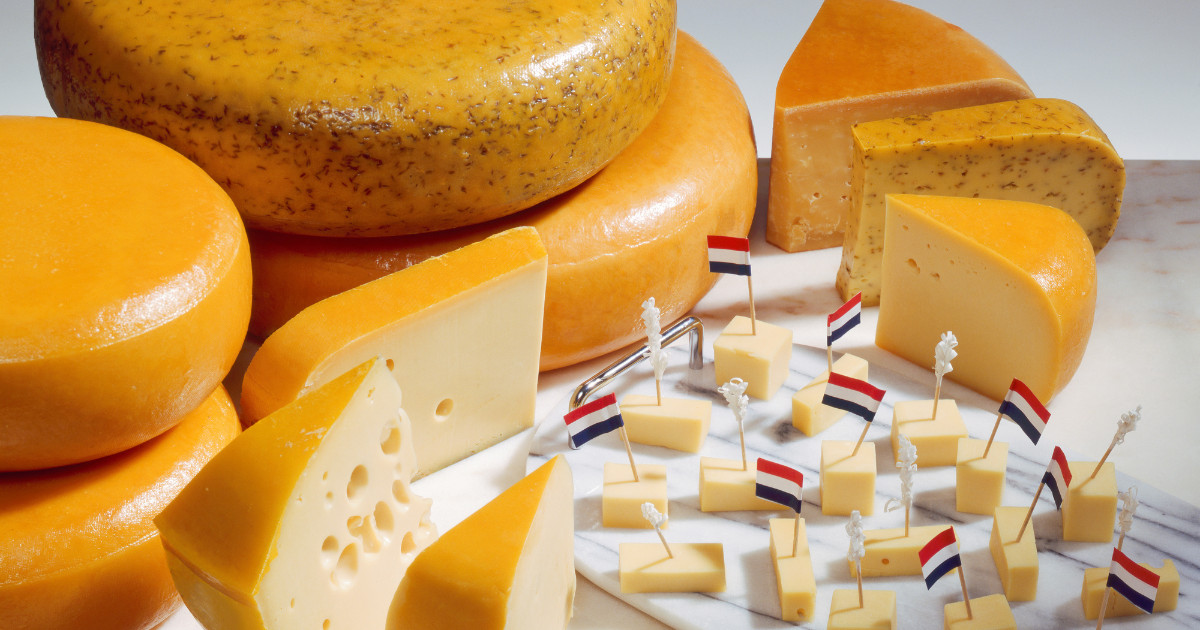Remembrance Day is observed every year on the 11th of November to remember the sacrifice made by millions of soldiers during World War I. One symbol that has become significant for this day is the poppy flower. Often depicted in poems, songs, and literature, the poppy has come to represent the bloodshed, sacrifice, and peace that the world fought for. Let’s explore the significance of poppy fields for Remembrance Day and discover places where they grow naturally in abundance, tying in the poetic reference from “In Flanders Fields.” Join us on this journey as we pay our respects to the soldiers who lost their lives so we can live in freedom.
The Poetic Symbolism of Poppies and their Significance in Remembrance Day

Poppies have been associated with the war since the early 20th century when they grew wild in the aftermath of battles. Canadian physician and soldier John McCrae wrote the poem “In Flanders Fields” in 1915, symbolising WWI’s third battle of Ypres and the ultimate sacrifice made by soldiers. In the poem, McCrae described the poppies growing wild on the battlefields, sprouting between the gravestones. This image has forever associated poppies with the lives lost in the war.
Flanders Fields: A Living Tribute to Fallen Soldiers

One place where poppies bloom naturally in abundance is Flanders Fields in Belgium. This region witnessed significant battles, including the second battle of Ypres, where the first chlorine gas attack took place in 1915. Every year, this field is decorated with red poppies in honour of the lives lost. The In Flanders Field Museum in Ypres is a must-visit place to learn more about the battles and the symbolic representation of poppies in Remembrance Day.
The Tower of London: A Modern Homage to WWI Heroes

In England, the Tower of London has been a focal point of Remembrance Day since 2014. Artist Paul Cummins created an art installation called “Blood Swept Lands and Seas of Red” to mark the centenary of WWI. Over 800,000 ceramic poppies were placed in the moat, representing each soldier who lost their lives during the war. The installation became so popular that it was extended multiple times until 2018 and raised millions of pounds for charity.
Britain’s Emblem of Respect: The Royal British Legion’s Poppy Appeal

In Britain, the Royal British Legion annually distributes poppies as a fundraiser for veterans. The money collected from donations goes to support ex-servicemen and women and their families. People wear poppies to show their respect to the soldiers who made ultimate sacrifices to defend their country’s sovereignty.
Beyond Remembrance Day: The Medicinal Values of Poppies and their Significance

Poppies aren’t just grown for Remembrance Day; they’re known for their medicinal properties. The opium sap of poppies is used to manufacture morphine, a powerful painkiller used in medical practice worldwide. Poppyseed oil is a healthy alternative to vegetable oil and has a nutty flavour, making it perfect for dressings, marinades, and baking.
Poppy Fields: A Universal Symbol of Sacrifice, Peace, and its Significance in Remembrance Day
Poppies have become a universal symbol representing peace, bloodshed, and sacrifice. The natural beauty of poppy fields is both visually stunning and emotionally moving. These flowers hold a significant place in our history and remind us of the sacrifices made by millions of soldiers worldwide. Visiting the sites where poppies grow naturally is an excellent way to pay homage to the fallen soldiers and understand the significance of this beautiful flower that has come to symbolise Remembrance Day.






